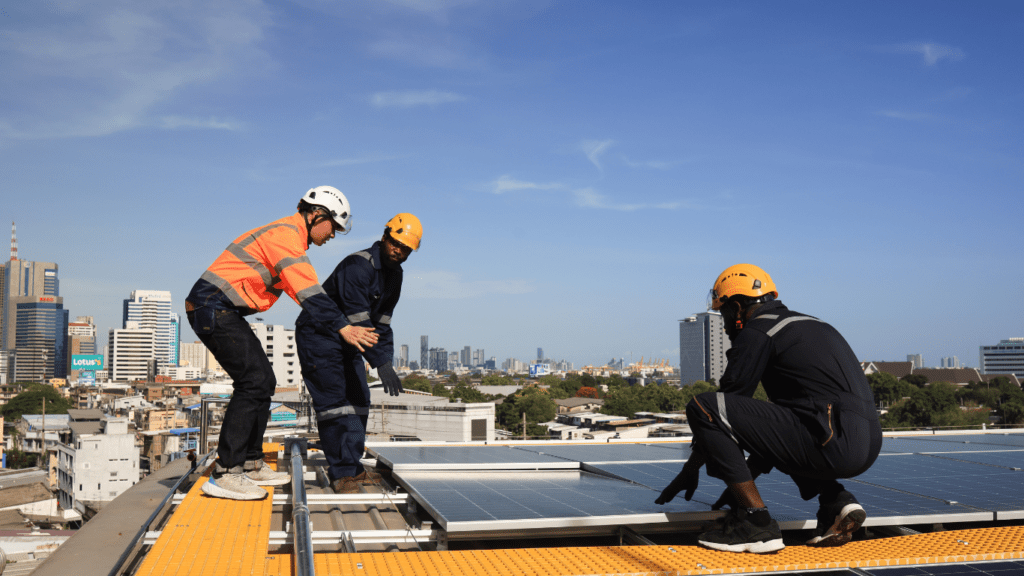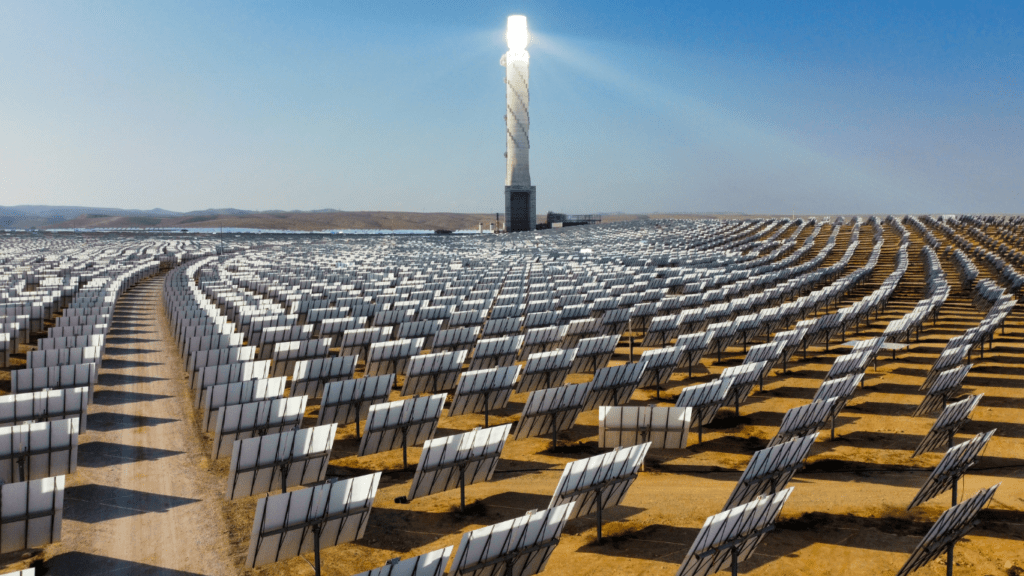Overview of Renewable Energy Adoption
The adoption of renewable energy technologies is reshaping the global energy landscape. Clean energy sources like solar, wind, and hydroelectric power are being integrated into national energy grids worldwide.
Global Trends in Renewable Energy
Global investments in renewable energy reached over $300 billion in 2020 according to the International Energy Agency (IEA).
In 2021, renewables contributed to 29% of global electricity generation, with projections indicating an increase to 50% by 2030.
Nations like China, the United States, and Germany lead in renewable energy capacity. Emerging economies, such as India and Brazil, are also ramping up their renewable energy projects like:
- Solar Energy: Using photovoltaic cells to convert sunlight into electricity. As of 2021, global solar capacity surpassed 700 GW according to IRENA.
- Wind Energy: Harnessing the power of wind through turbines. The World Wind Energy Association (WWEA) reported over 743 GW of installed wind power capacity globally in 2021.
- Hydroelectric Power: Generating electricity from flowing water. Large-scale operations contribute to about 16% of global electricity supply, as per the World Bank.
- Biomass Energy: Converting organic materials into energy. Biomass accounted for 10% of global energy consumption in 2021.
- Geothermal Energy: Extracting heat from beneath the Earth’s surface. Known for its reliability, geothermal plants operate with a capacity factor of 90% according to the Geothermal Energy Association.
Renewable energies are not only reducing carbon emissions but also enhancing energy security and economic stability.
Economic Impacts of Renewable Energy

Renewable energy adoption brings far-reaching economic benefits. It’s essential to understand how these benefits impact various sectors.
Job Creation and Employment Opportunities
Renewable energy sectors create numerous job opportunities in fields such as manufacturing, installation, maintenance, and research.
For instance, the solar industry employed approximately 3.4 million people globally in 2020, according to the International Renewable Energy Agency (IRENA).
Wind energy projects offered jobs to 1.2 million individuals. These job opportunities range from entry-level positions to specialized technical roles, addressing diverse unemployment issues and contributing to economic stability.
Influence on Energy Prices
Adopting renewable energy impacts energy prices by reducing dependence on fossil fuels, leading to more stable and potentially lower prices.
The Levelized Cost of Electricity (LCOE) for solar and wind decreased by 89% and 70% respectively from 2010 to 2020, reports the International Energy Agency (IEA).
This decline mitigates price volatility common with conventional energy sources, ensuring more predictable and sustainable energy costs for consumers and businesses.
Effects on Gross Domestic Product (GDP)
Renewable energy investments have significant positive effects on national GDP. Countries investing in renewables witness a multiplier effect, where every dollar invested stimulates additional economic activity.
According to IRENA, doubling the share of renewables by 2030 could increase global GDP by $1.3 trillion. Such investments spur innovations, infrastructure development, and local industries, consequently boosting overall economic growth.
Each segment from job creation to energy prices impacts the broader economic spectrum, illustrating the transformative potential of renewable energy in driving economic prosperity.
Financial Incentives and Policies
Financial incentives and policies play a critical role in driving renewable energy adoption. They help mitigate initial costs, making renewable projects more appealing to businesses and individuals.
Government Subsidies and Support
Government subsidies significantly contribute to renewable energy growth. Direct financial support makes large-scale projects viable by reducing upfront capital costs.
Subsidies often focus on emerging technologies like:
- Solar
- Wind power
helping to speed their adoption. For instance, in the U.S., the Department of Energy provides grants and loan guarantees for renewable energy projects, ensuring financial viability.
Tax Incentives for Businesses and Individuals
Tax incentives also encourage investment in renewables. Businesses benefit from credits like the Investment Tax Credit (ITC), which lowers installation costs for solar and wind systems.
Likewise, individuals gain through credits and deductions for adopting renewable technologies like solar panels. These incentives reduce the payback period, increasing system affordability and accessibility.
Challenges and Solutions in Adoption
Assessing renewable energy adoption reveals specific challenges that need addressing for a smooth transition.
Economic Challenges Faced by Developing Countries
Many developing countries struggle with funding renewable energy projects. Limited access to capital makes it hard to invest in infrastructure and technology.
Government incentives and international financial support can bridge this gap.
According to the International Renewable Energy Agency (IRENA), developing nations comprise a small fraction of global renewable investments due to financial constraints.
High initial costs of renewable installations also deter adoption. Solar panels and wind turbines require significant upfront investment compared to fossil fuel alternatives.
Implementing financing mechanisms like green bonds or public-private partnerships can reduce these costs.
Many successful projects in Africa and Asia, such as Kenya’s Lake Turkana Wind Power project, highlight the effectiveness of such strategies.
Technological and Infrastructure Barriers
Technological advancements remain unevenly distributed. Developed countries have better access to high-efficiency solar panels, advanced wind turbines, and smart grid technologies.
Developing nations often lag in these areas due to lack of expertise and resources. Investing in research and development (R&D) and technology transfer agreements can mitigate this issue.
For instance, India’s collaboration with international firms has boosted its renewable capacity significantly.
Grid infrastructure poses another challenge. Many regions, especially remote ones, lack the modern grid systems needed to integrate renewable energy.
Building resilient and adaptive grid infrastructure is essential. Energy storage solutions, such as battery storage systems, can help manage intermittent power supply from renewables.
The success of Australia’s Hornsdale Power Reserve demonstrates how large-scale battery storage can stabilize the grid.




